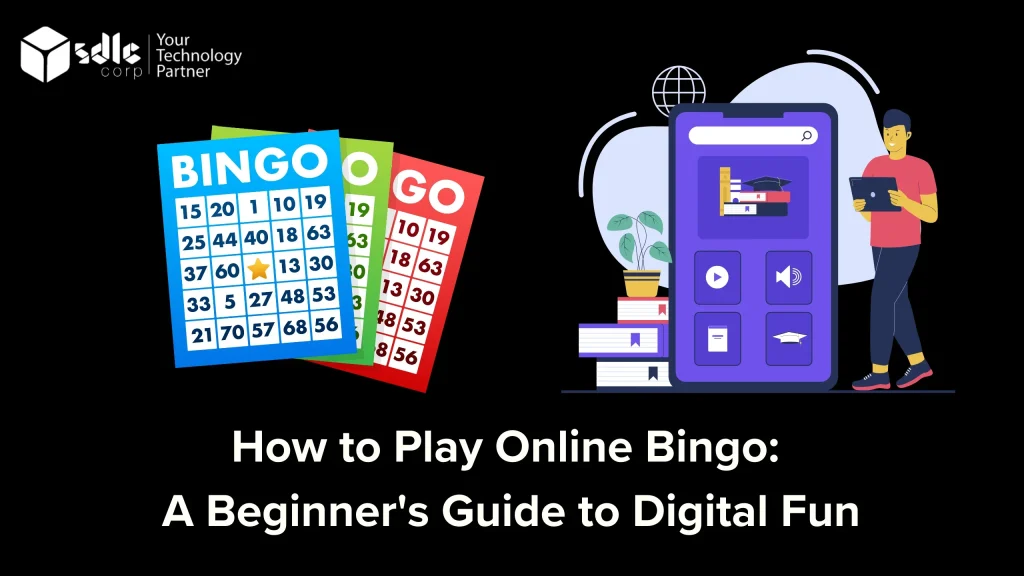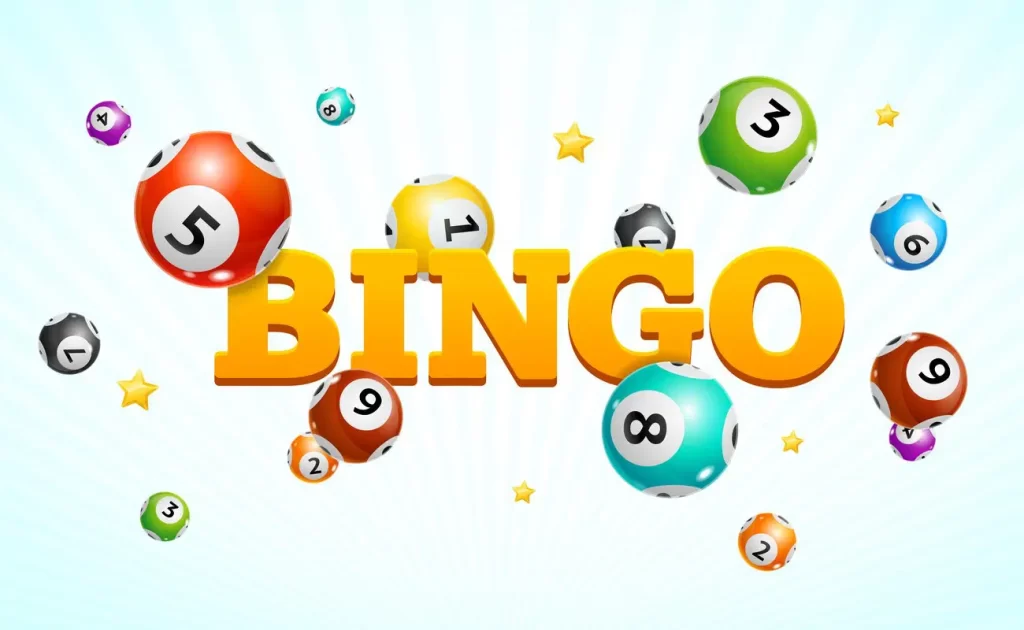Ever wondered why bingo players get so hooked on certain patterns? It’s not just luck—there’s a whole layer of psychology at play. From the thrill of recognition to the dopamine rush of a near-win, bingo patterns tap into our brains in ways you might not expect. Let’s break it down.
Why Patterns Matter in Bingo
Bingo isn’t just about random numbers—it’s about the shapes, the sequences, the almost-there moments. Patterns create structure in chaos, giving players a visual and mental anchor. Think of it like a crossword puzzle: the grid makes the game feel solvable, even when it’s unpredictable.
The Brain Loves Predictability (Even When It’s Not)
Humans crave patterns. Our brains are wired to seek order—it’s why we see faces in clouds or hear hidden messages in songs played backward. In bingo, patterns give players a sense of control, even though the outcome is purely chance. That illusion? It’s addictive.
Common Bingo Patterns and Their Psychological Pull
Not all patterns are created equal. Some are simple, some complex—but each triggers different reactions. Here’s how they play with our minds:
- The Single Line: Easy to track, quick to complete. Perfect for beginners—it delivers fast rewards, keeping engagement high.
- The Full House: The ultimate goal. The longer buildup creates tension, making the win feel even sweeter.
- Creative Shapes (like letters or animals): These add novelty. Our brains light up at unexpected twists, preventing boredom.
The “Near-Miss” Effect
Ever been one number away from winning? That near-miss isn’t just frustrating—it’s motivating. Studies show near-misses trigger the same dopamine rush as wins, pushing players to try “just one more game.” Bingo patterns exploit this perfectly—especially with complex designs where you’re almost there multiple times.
How Bingo Patterns Keep Players Hooked
It’s not just about winning—it’s about the journey. Here’s the psychology behind the engagement:
- Visual Feedback: Marking off numbers feels satisfying. Each dab is a mini-reward, reinforcing the behavior.
- Variable Rewards: Unlike predictable games, bingo’s randomness (with structured patterns) keeps players guessing—a key hook in gambling psychology.
- Social Validation: Patterns create shared milestones. When someone yells “Bingo!”, it fuels others to keep playing.
The Role of Color and Design
Patterns aren’t just shapes—they’re colors, contrasts, layouts. Bright daubers on a dark card? That’s no accident. High-contrast designs make progress visually obvious, feeding the brain’s reward system. Some online bingo sites even use animations for extra dopamine hits.
Accessibility Matters
Complex patterns can alienate casual players. The best games balance creativity with clarity—think “L-shapes” instead of “tiny scattered dots.” If the brain struggles to track progress, frustration outweighs fun.
What This Means for Game Design
Whether you’re designing bingo games or just curious, here’s the takeaway:
| Pattern Type | Psychological Effect |
| Simple (lines, squares) | Low cognitive load, broad appeal |
| Complex (images, multiple layers) | Engages experienced players, extends playtime |
| Progressive (unfolding patterns) | Builds anticipation, mimics storytelling |
Honestly, the best bingo games mix these elements. A beginner-friendly pattern early on, then a twist to challenge regulars. It’s like a good book—you start simple, then add layers.
Final Thoughts: More Than Just Luck
Bingo’s magic isn’t in the numbers—it’s in how those numbers form patterns that tease our brains. The near-wins, the visual feedback, the social buzz… they all tap into deep psychological triggers. Next time you play, notice how your brain reacts. You might just find yourself saying, “Okay, one more game.”





